When you have only a limited amount of space to play with, garden design can feel constrictive. However, with some ingenuity and a few small garden ideas, you’ll come to find that a limited space allows you to focus on the features you most admire. Your garden will be a space that truly reflects you and allows for a more intimate, reflective outdoor area that you’ll love.
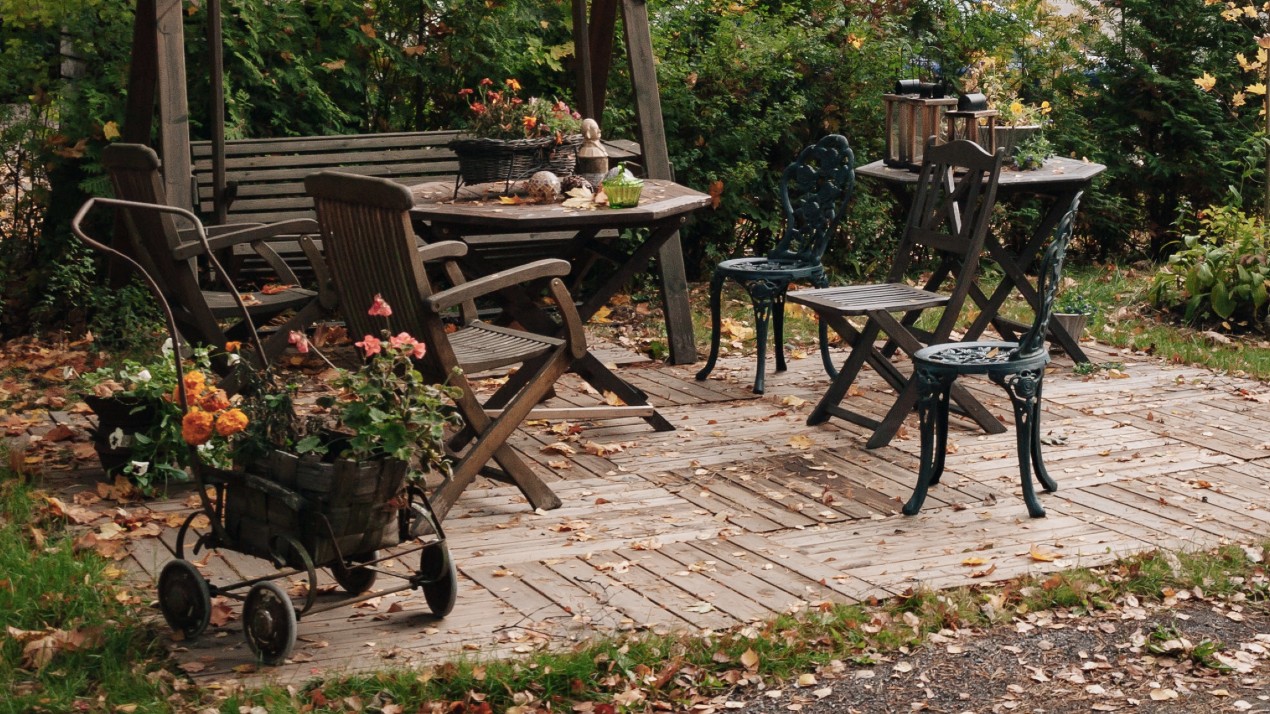
Choose your inspiration
The challenge of designing a small garden is that you are not able to explore all the potential of your garden. You may not have the space to try out both vegetable gardening and elaborate water features, for example, and will have to decide which you prefer. Trying to facilitate too much in your garden will make it seem cluttered and chaotic.
With one main goal in mind, however, you can zone in on the most important aspects of your chosen idea and capitalise on what will make your garden inspiring and welcoming. Where there is room, build up the other features around this main idea, and you will have a themed, harmonious design.
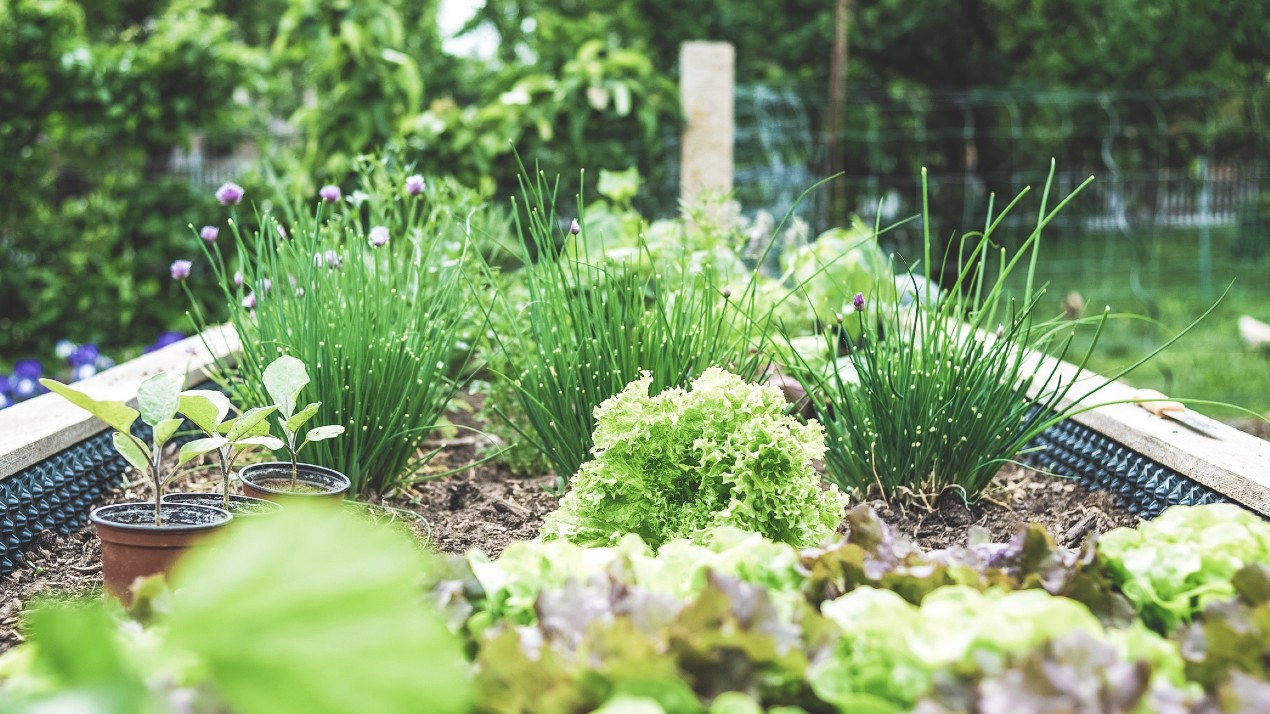
Ideas for themes can include:
- Culinary delights: vegetables, fruit, herbs.
- Ornamental paradise: bright, vivid flowers, water features, wall hangings.
- Sensory garden: rich scented flowers and herbs, colourful plants and ornaments, natural stone and water features.
- Play and leisure: Lawn games, hopscotch paving area, swings, deck chairs.
- Al fresco dining: sheltered area with tables and chairs, easy access to a kitchen.
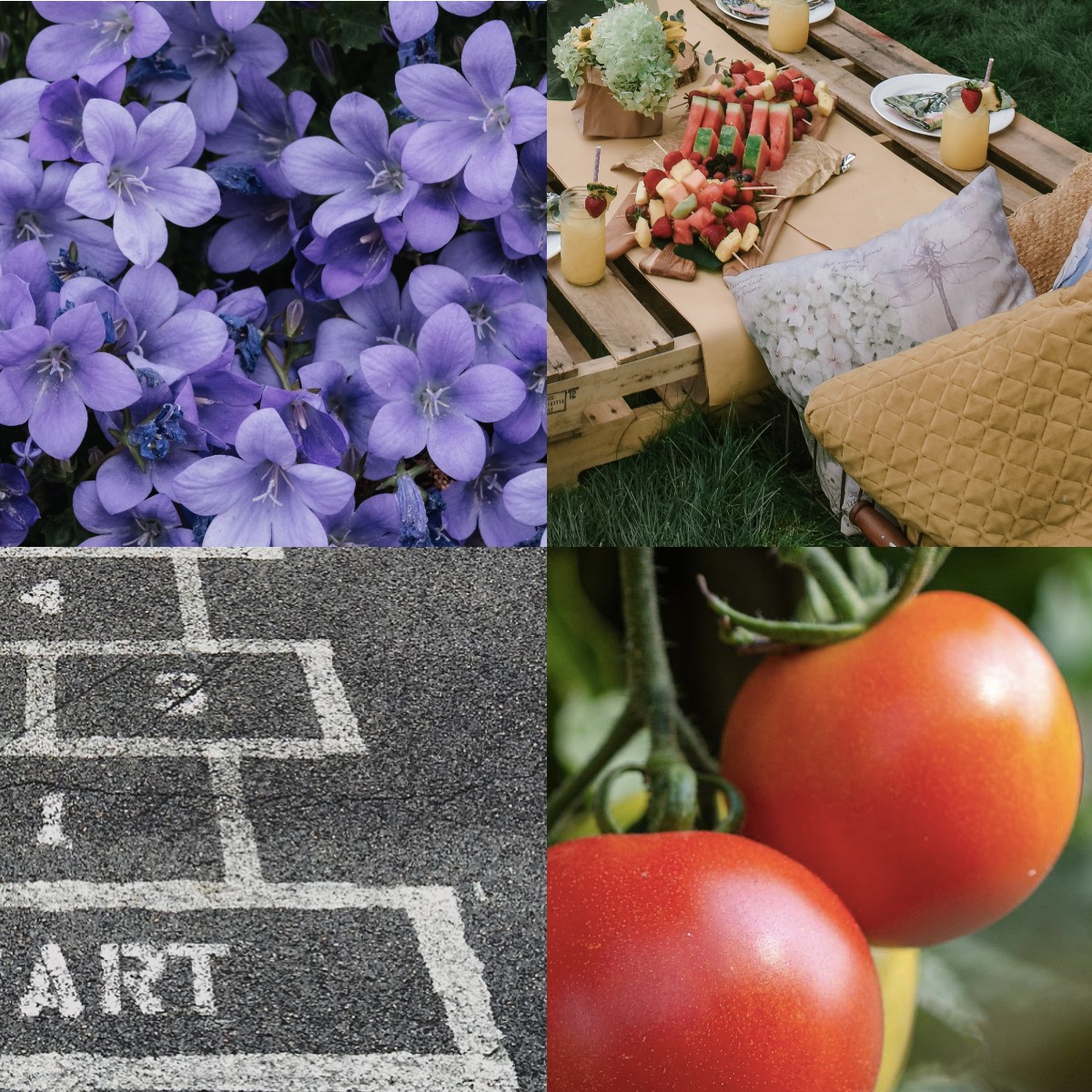
Walls and fences
When you have a small garden, make every part of your space work to achieve your goal. This includes your walls or fences. Treat each border of your small garden as the backdrop to your project, one which will set the tone for everything in front of it.
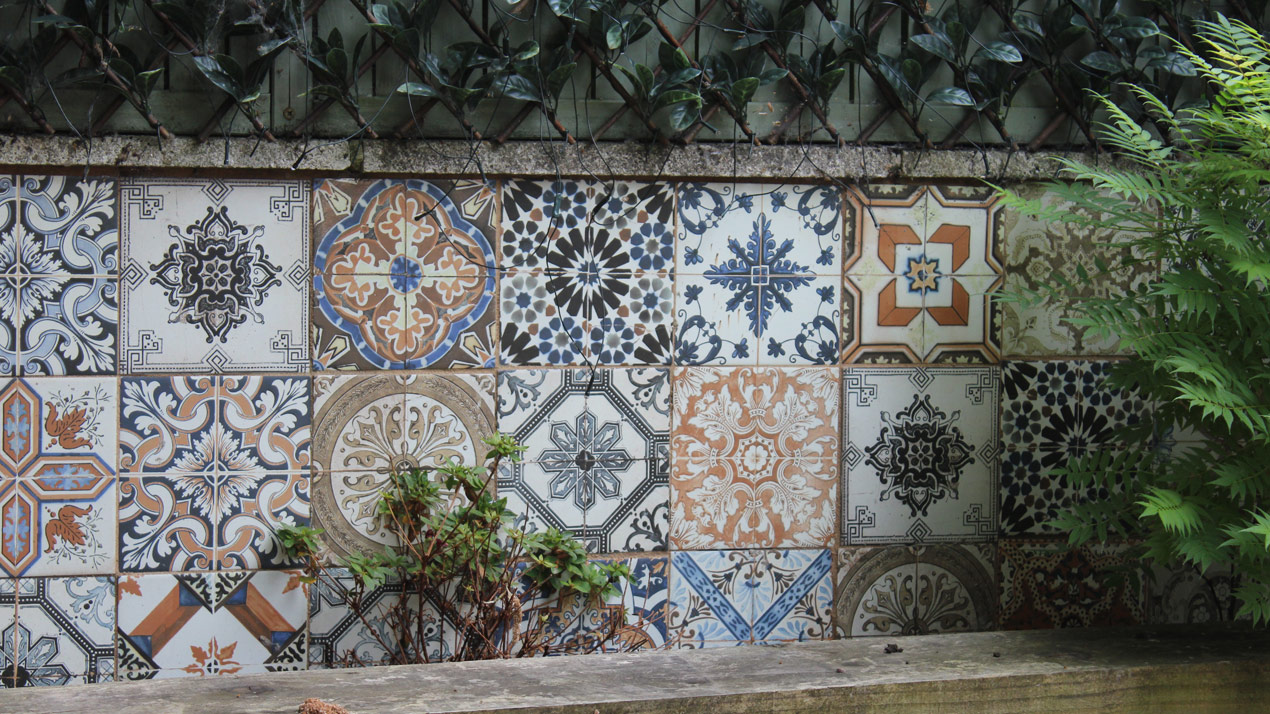
Gallery space
Use your garden wall as a gallery with artwork and shelves for sculptures and planters. Here you can show off treasured items or pieces of art that reflect your personality. Or use the wall itself as a canvas, and create site specific pieces that will stamp your personality on the space.
Mirrors
Interior designers know that a well-placed mirror can add space to a room, and this principle can work in a garden, too. Experiment with mirror placement, angles and shapes to give your garden a breezy, uncluttered dynamic.

Displays
You can extend the space you grow your plants by creating vertical space with sturdy display alcoves. Be mindful of the type and size of plants you use, as some will require more attention than others – accessibility is key.
Decorative and ornamental borders
Sometimes the fences or walls themselves can become an important part of the aesthetic of your garden. Be inventive with your walls, using multiple shades and colours for the brickwork, or intersperse it with trellis fencing for further plantlife. Fences don’t need to be bare panels – try out willow or bamboo screening, trellis-topped, or experiment with a variety of coloured fence paints.
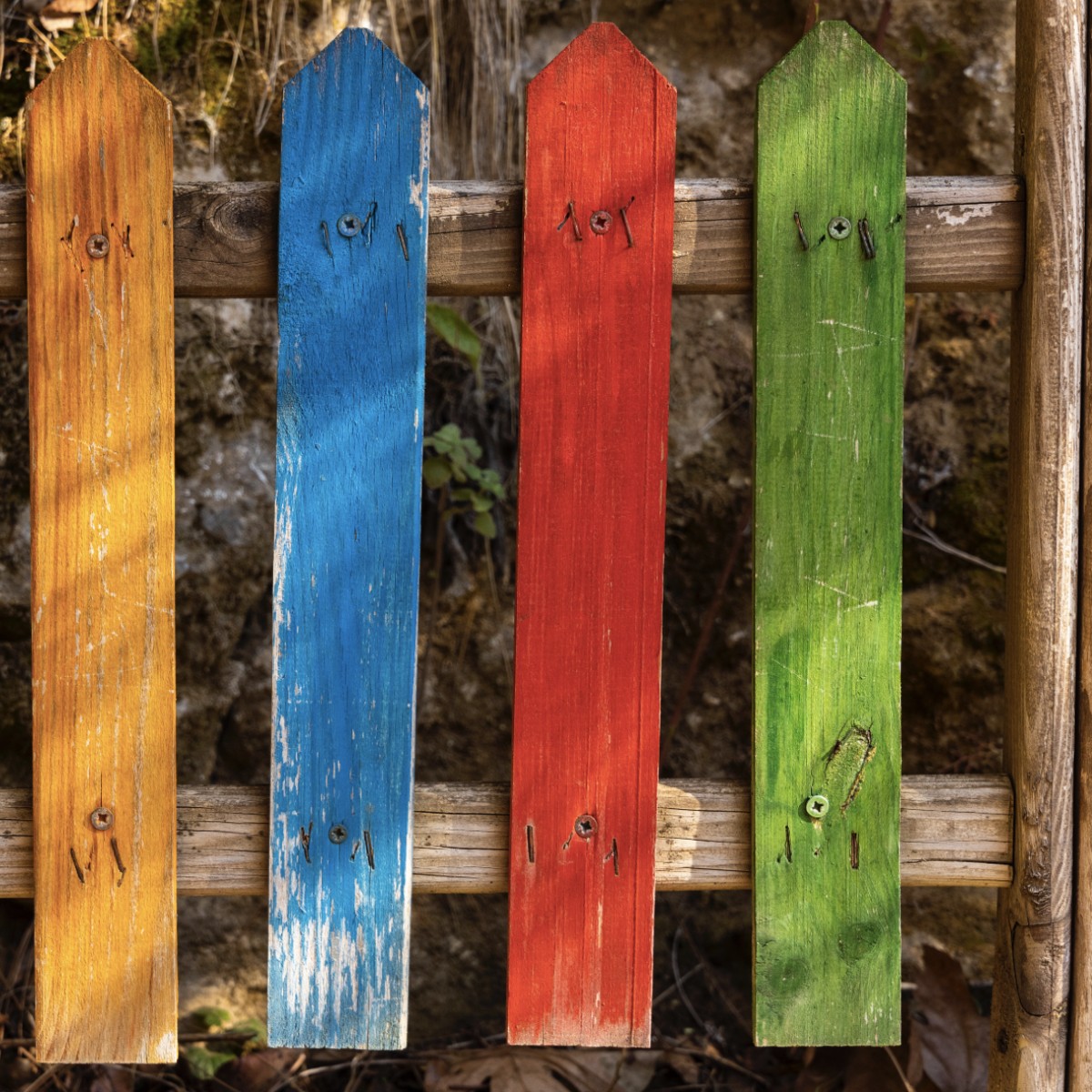
Add height
Where you cannot expand the floor area, you can always add extra height. The relationship between space and human perception is complex, and where one vector dominates the other becomes distorted. Creating features and areas of focus at different heights helps you to manipulate how your garden space is perceived.
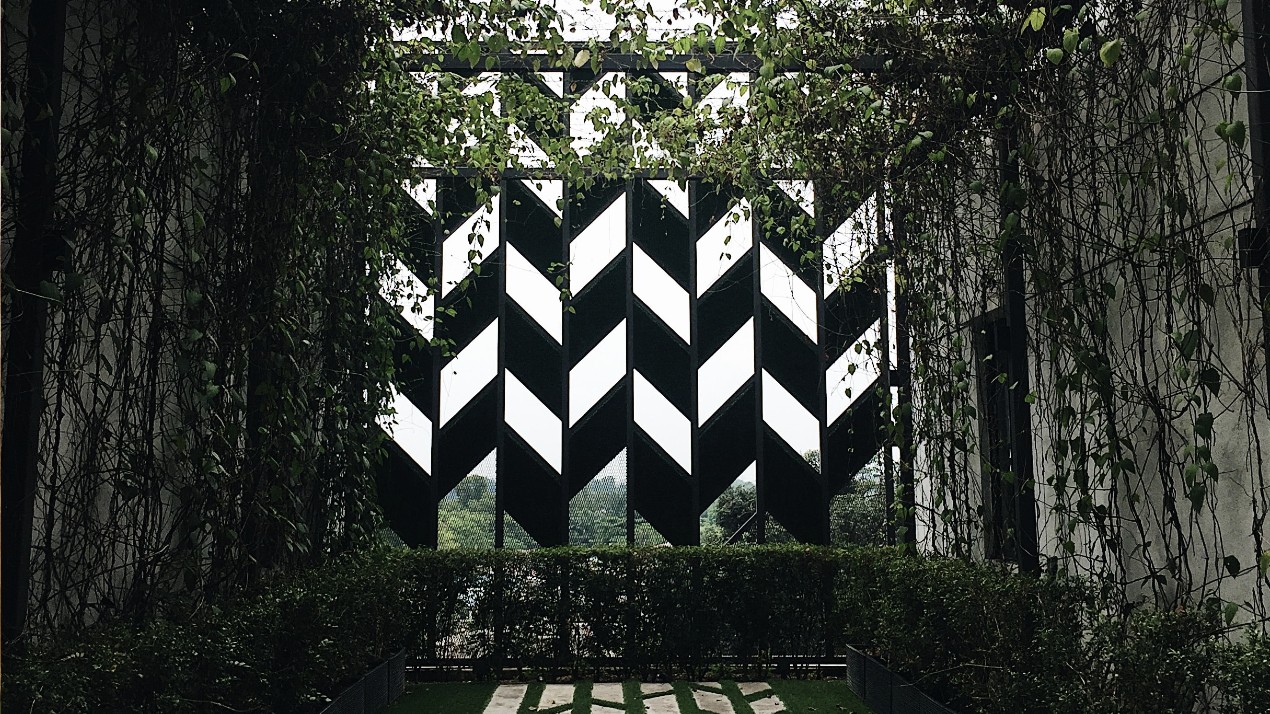
Planters
Planters can be a very useful way of creating extra layers to your garden as they are mobile. Some inventive garden designers use not only wall displays to add height, but recycled ladders, chairs and garden walls, too.
Hanging features
Use hanging baskets or pots to make full use of your walls or shelters, adding more elements to draw the eye. Hanging furniture, such as a hanging egg chair or swing seat, will give the impression of unused floor space.
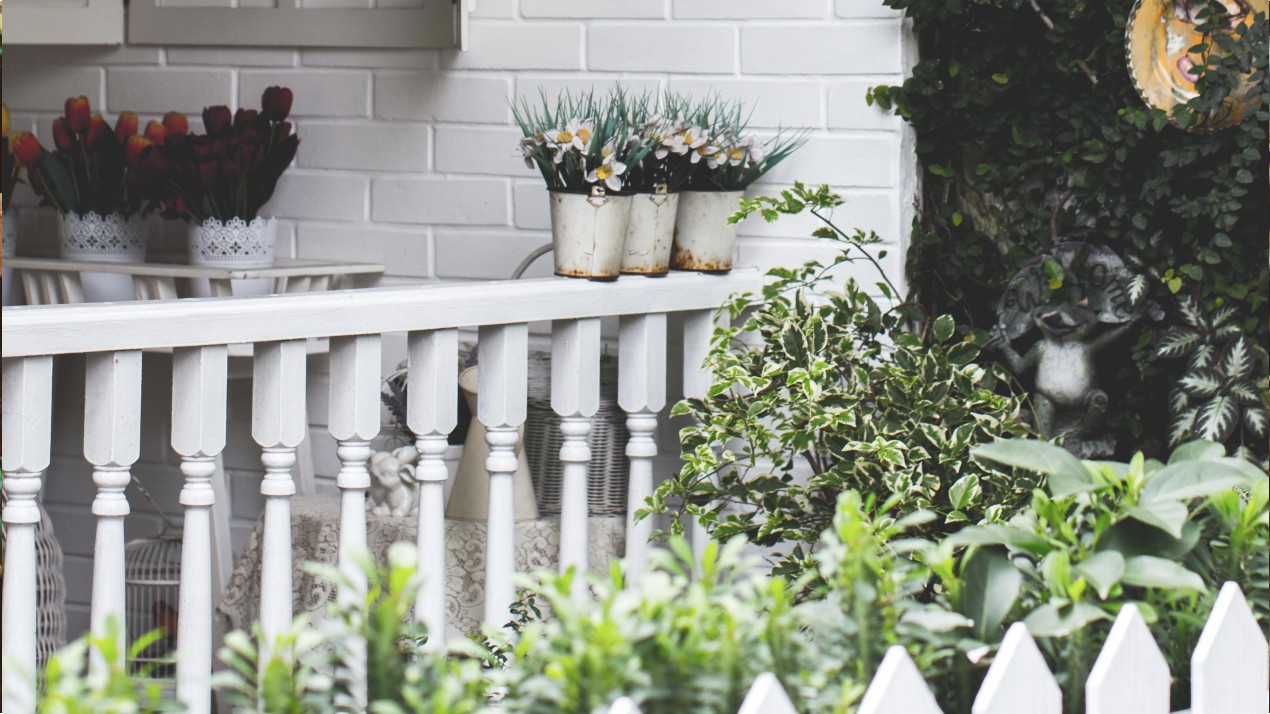
Terraces
Divide your garden into layers with terracing. The divided spaces will appear larger when viewed together, as the eye cannot quickly process the combined area of more than one layer. This will also help you theme areas of your garden.
Shelving
You can use freestanding shelving units to create pathways and storage space in your garden, as well as add height. Be sure that they are secured and weatherproof.
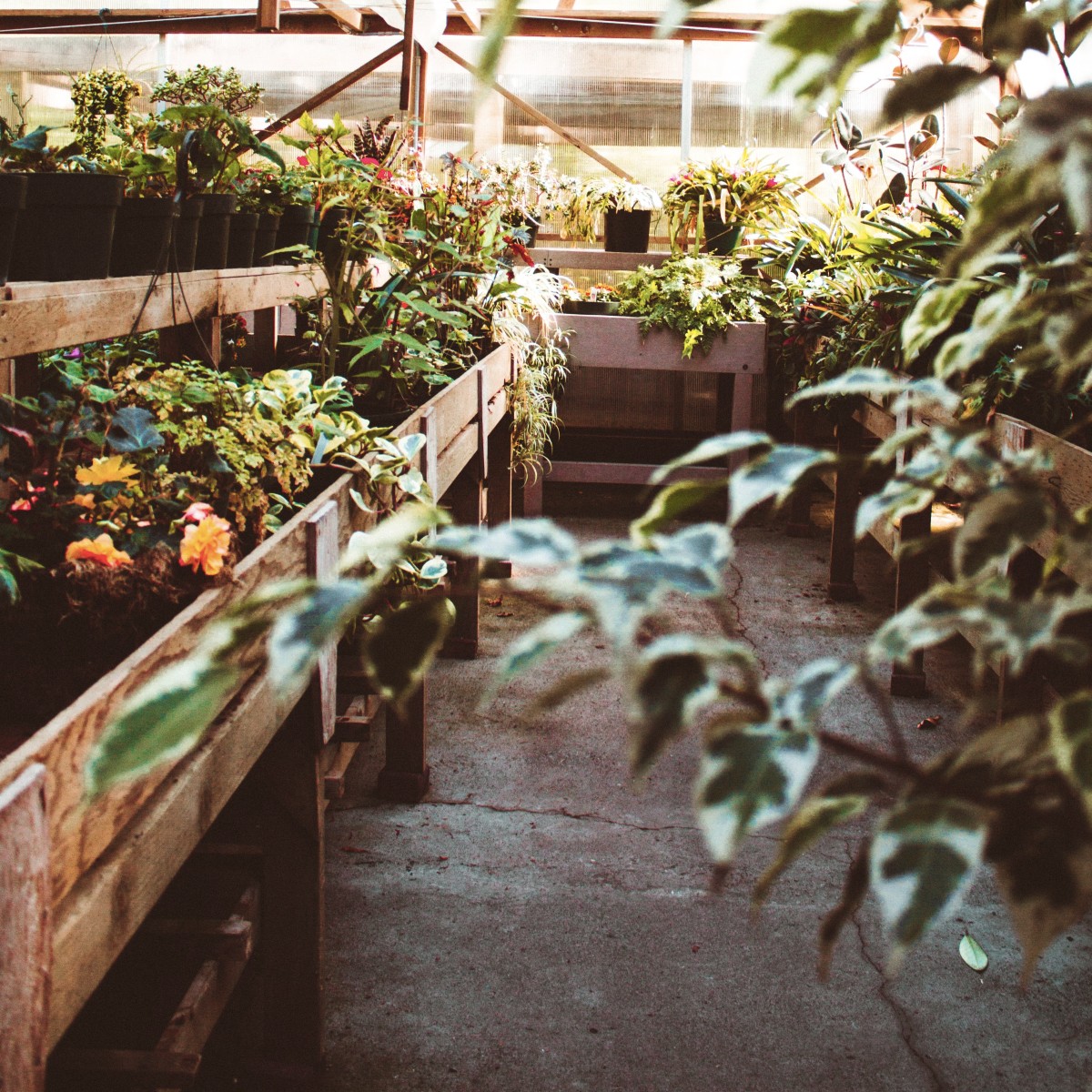
Different plants, different colours, different sizes
Your small garden design will benefit from a variety of plants, not just to add height and space but to keep the space interesting. Different sizes create different effects when it comes to light and shade, and a range of complementary and contrasting colours will make for a compelling experience.
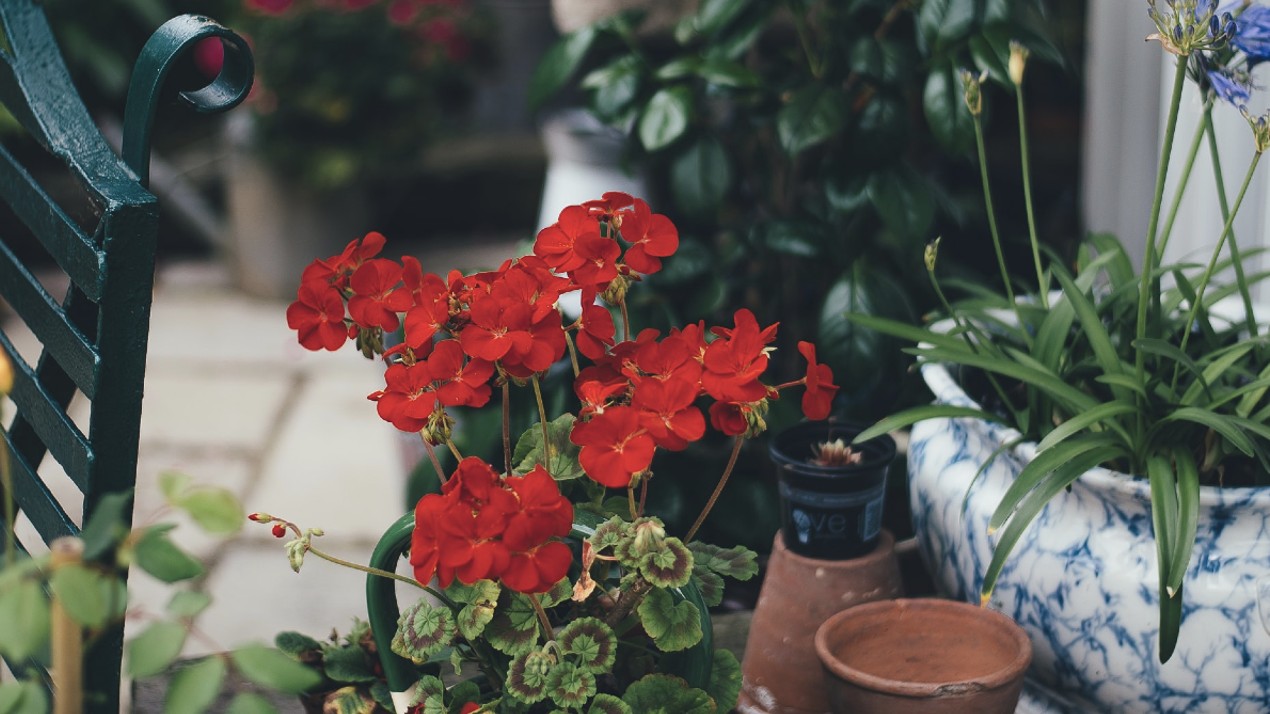
Climbers and vines
These can be an excellent way of making a natural feature out of your trellis fencing. Many will need some attention during the summer as they can grow quickly and may end up overwhelming the rest of your garden. However, flowering vines like wisteria and hydrangeas and climbing roses are easy to grow and offer vivid colours and heady scents.
Trees
With a small garden, you will be limited in what you can grow when it comes to trees. You must take into account the height and spread of a tree (the entire area of a tree’s ‘crown’ at full maturity). There are risks in planting trees close to a property, so consider buying smaller trees that grow in planters, such as bay trees or Japanese maples.
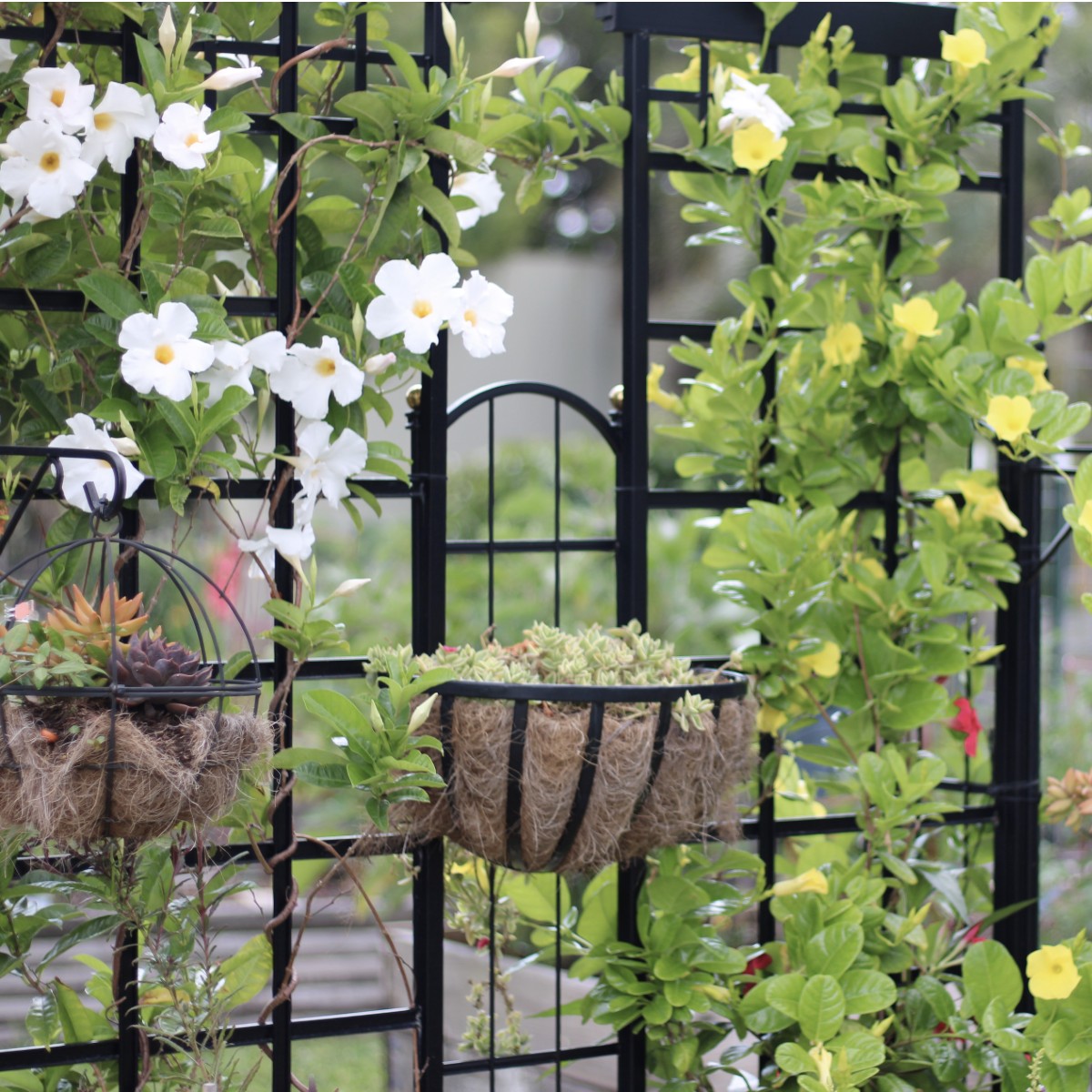
Shrubs
Shrubs can provide framing and structure to a small garden. Like vines, though, it is advisable to show restraint when it comes to planting as shrubs can also grow quickly and may eclipse other elements of your garden. Some excellent smaller shrubs like Emerald Gaiety or gold-edged Daphnes also keep their foliage throughout the year, with flowers in spring and summer. Such plants will earn their keep through colder months.
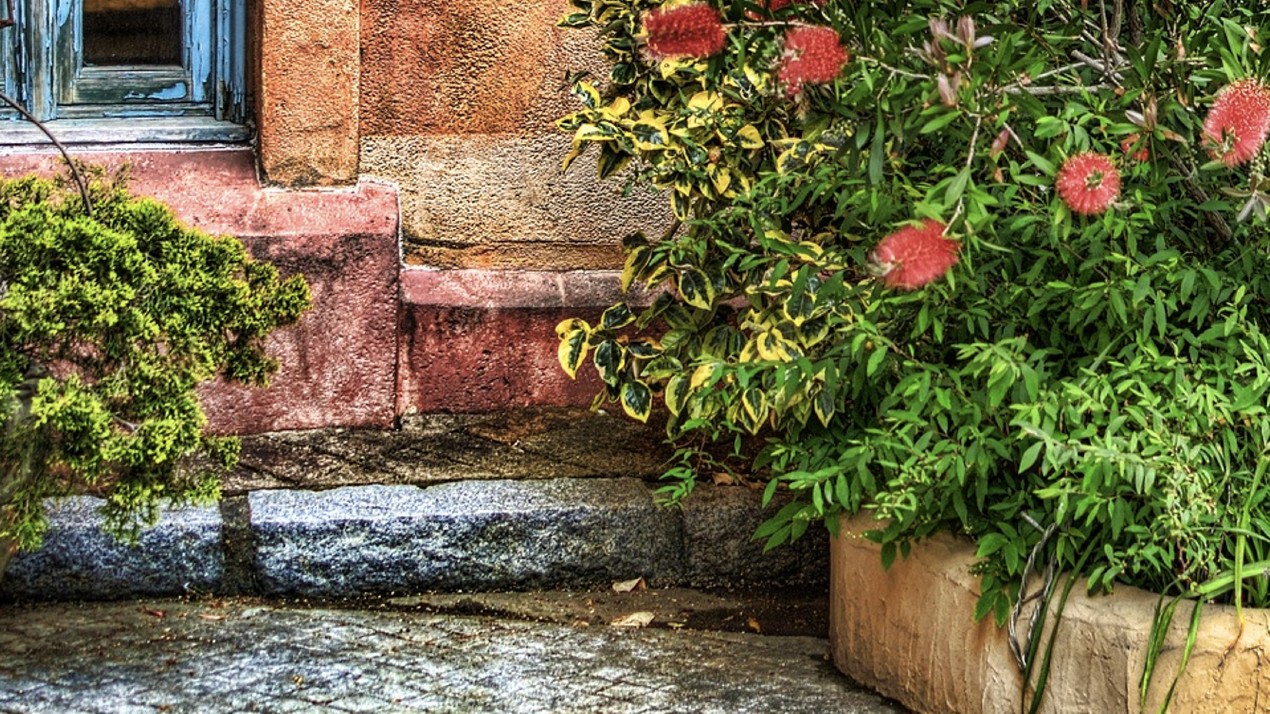
Flowers
Many flowers love lots of space and can end up choking smaller flowers around them. Before you buy your seeds, make sure you have a good understanding of how tall they will grow and how far their leaves and petals will spread. Select flowers that are likely to have beautiful foliage for when the blooms have subsided, like geraniums or astrantia.
Grasses
If carefully cultured and maintained, your grassy areas can be an important feature of your garden. Be selective, however, and create grass beds only where you think they will be needed; otherwise, there may not be enough room for other plants or features, and you will not have made the best use of your floor space.
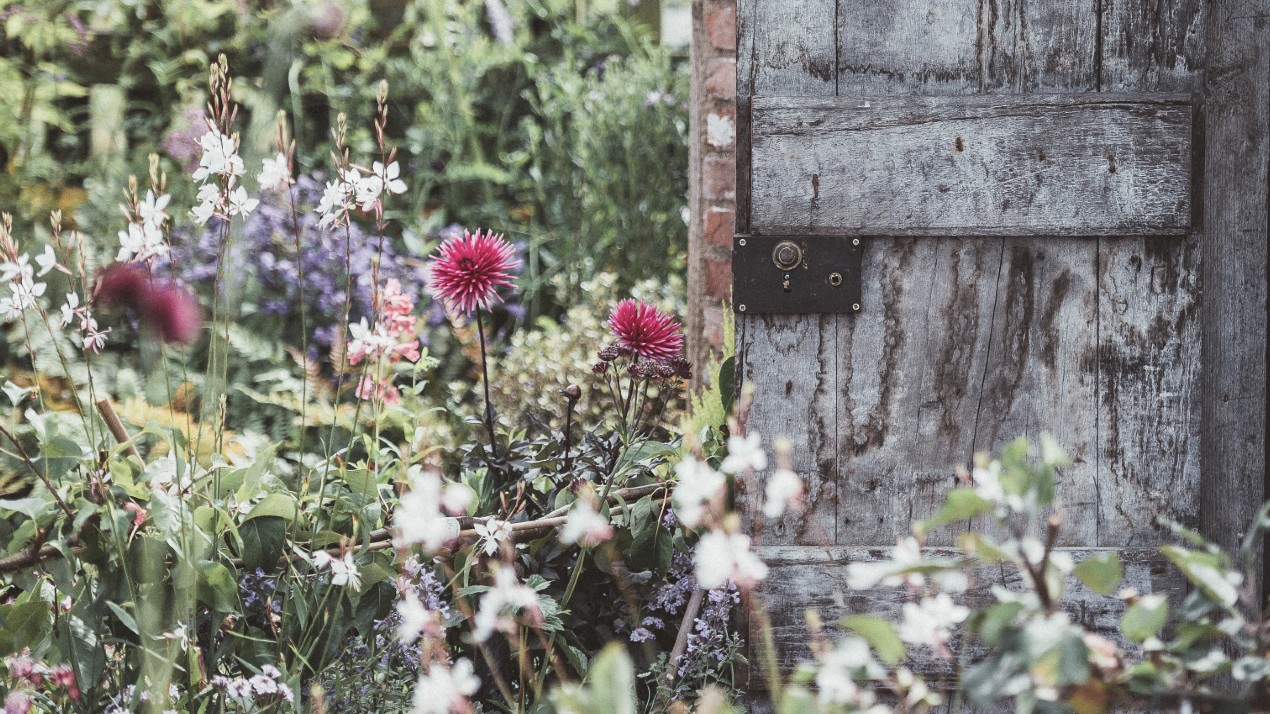
Create zones
Though you should think of your garden as a whole, it is sometimes easier and more cost-efficient to approach the design in sections. Think of your overall theme, and imagine how you might split it into different zones. You might choose one area for perennials, one for dining and one for vegetable growing, for instance. By mapping out these zones, you will have a better understanding of what you can achieve with your garden.
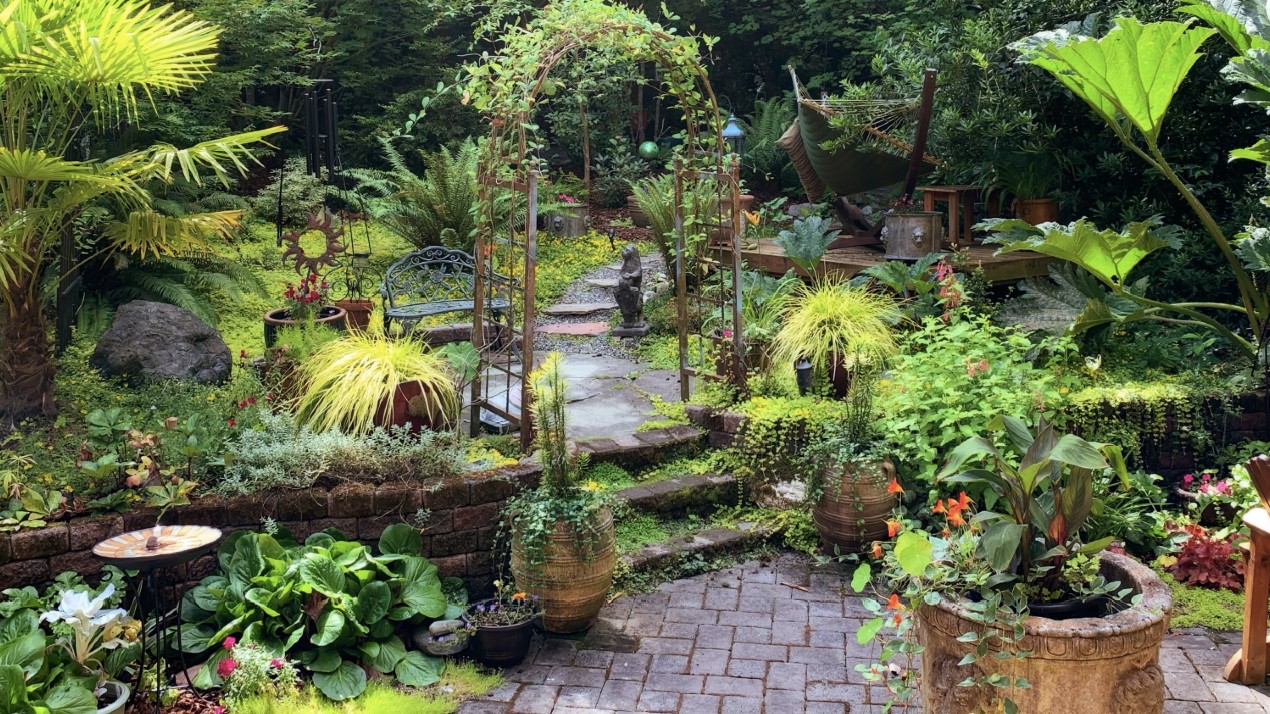
Screens or walling
A simple and effective way to create a zone is to put up a wall or screen. Create low-level fencing or walling to mark out your flower beds, lawns, or dining areas. Build high walling if you want to create a shelter, private outdoor kitchen or secret reading area. Be cautious, however, that you don’t let the design of your walling or fencing diminish the appearance of space in your garden.
Paving colour
If you’d like to be a bit more subtle about your zoning, make use of different shades or types of paving. Black slate, for example, might be an excellent place to mark out your cooking area, whereas buff sandstone might bring a little of the beach to your water feature or pond.
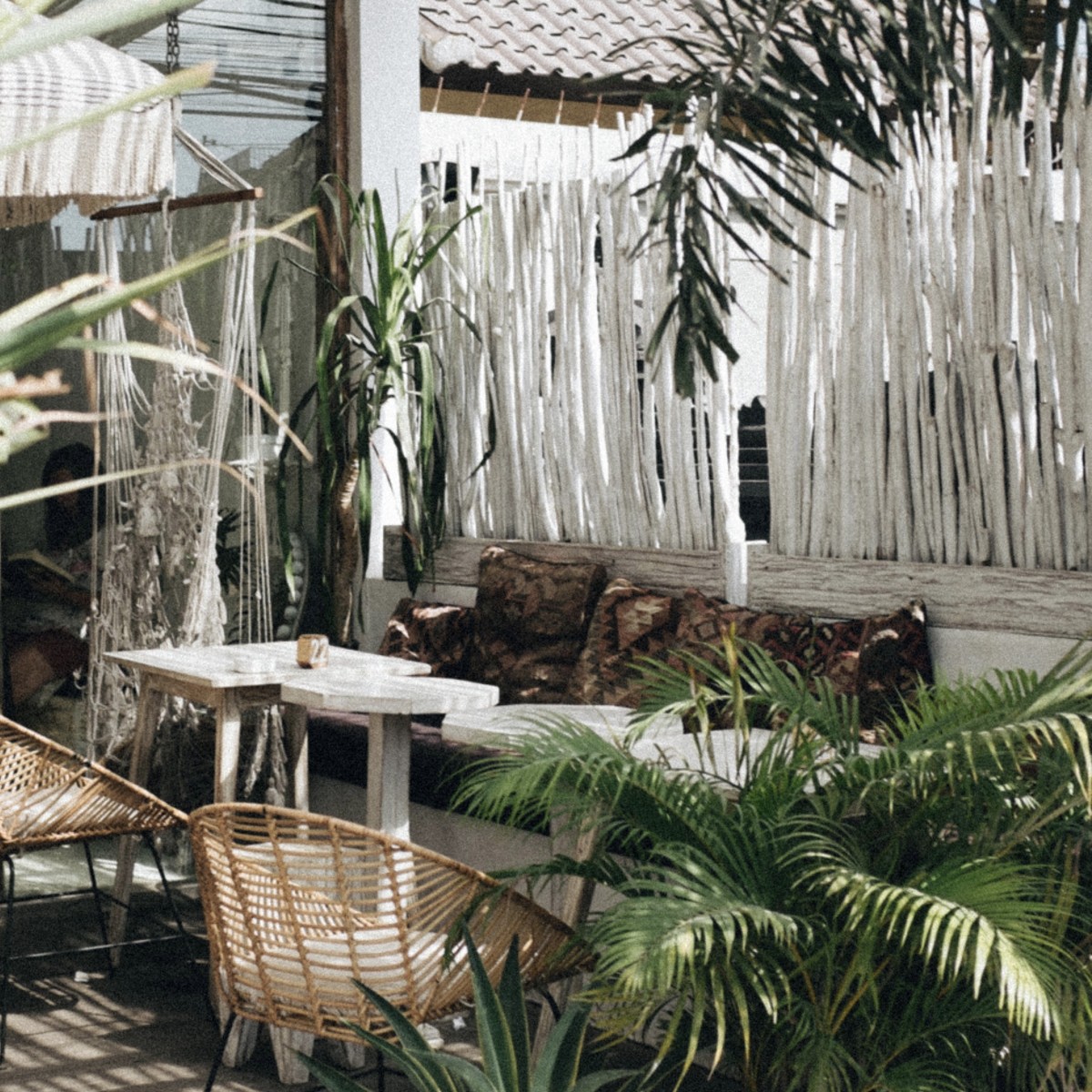
Edge course
Make use of an edge course to delineate your zones and guide your visitors between each area. Contrast the style and colour of edging to offer subtle clues as to where the section begins and ends. Choose between traditional edging, such as sandstone setts, or more modern concrete or porcelain edging.
Shapes
Sometimes, all we need to see where an area is distinct from another is a simple shape. Lay down circular paving for your dining area, create an angled flower bed or install a long curving line of edging to mark out your favourite sunbathing spot.
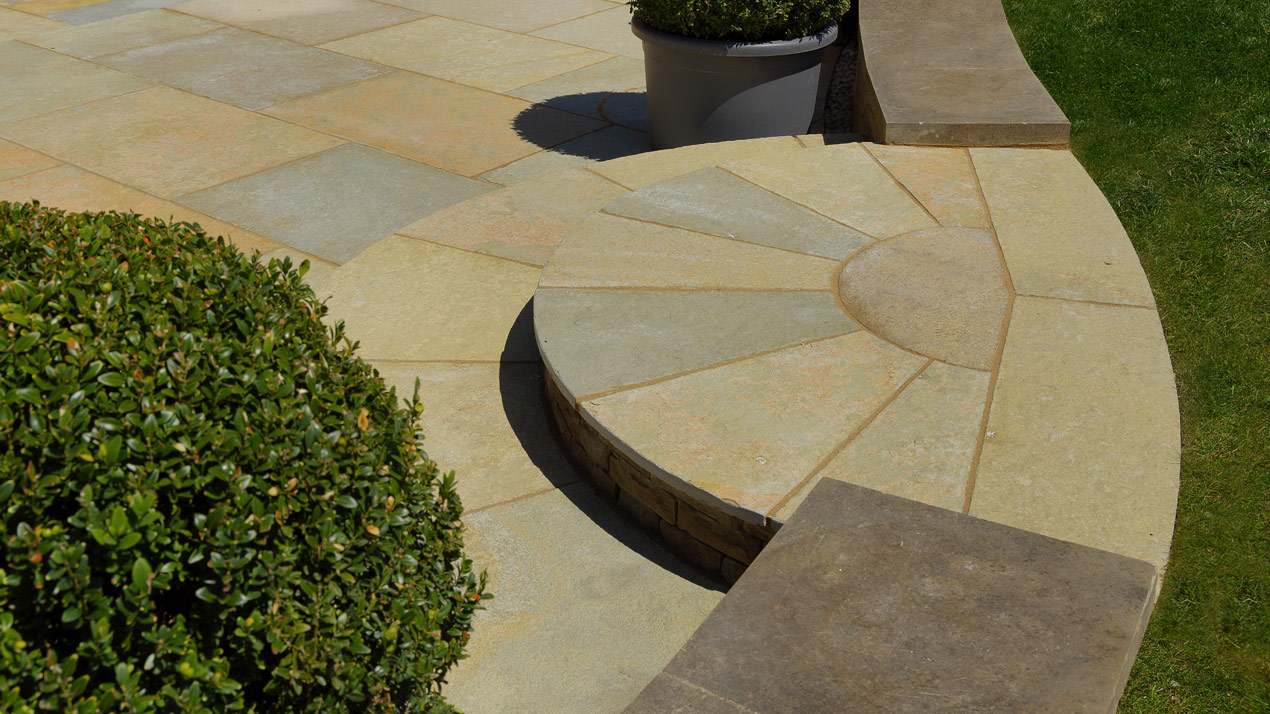
A garden of your own
Small gardens can actually be something of a blessing. Where large or grand gardens can accommodate a wider range of features, they also require a larger amount of maintenance. Furthermore, when designing a larger garden, it is quite easy to get overwhelmed by the scope available, and the result is a random, disjointed aesthetic. A small garden, in contrast, allows its designer to zero in on specific things that they love, features that intimately reflect their personality.
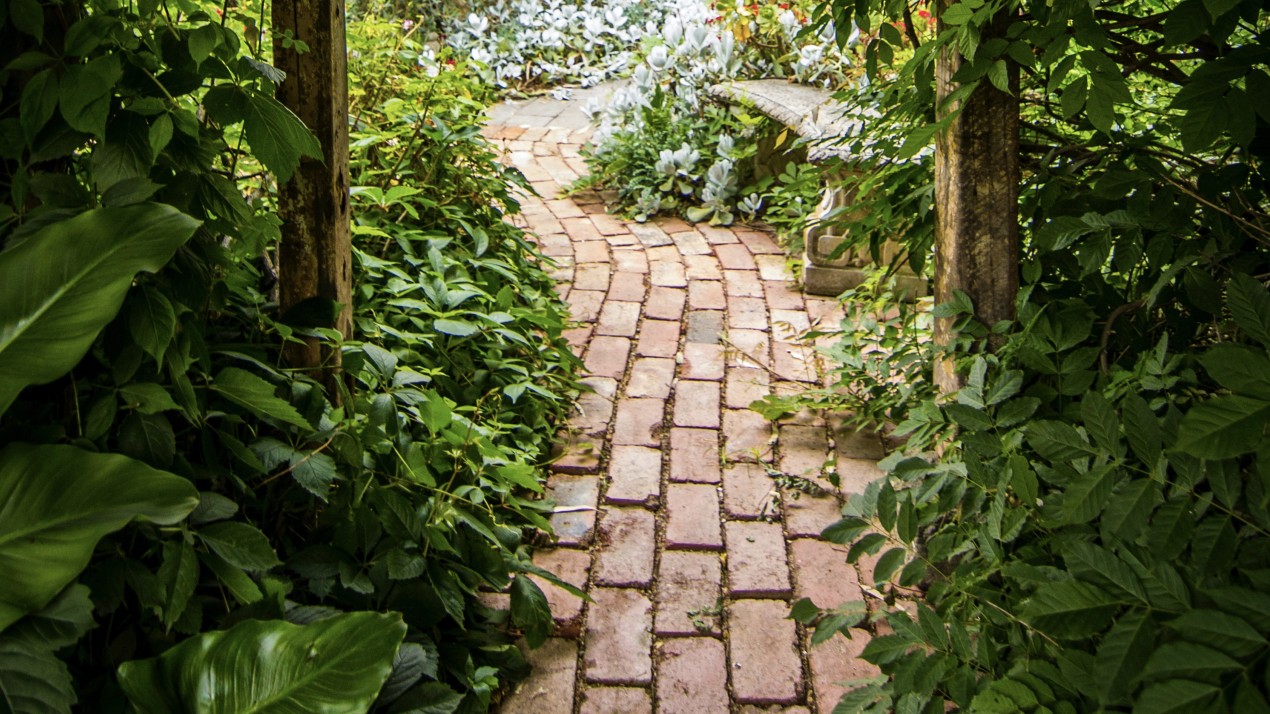
Reading nook
The sound of leaves rustling in the wind, the scent of summer flowers and the smell of rain floating into your cosy shelter are all powerful triggers for your imagination. Your reading nook should be a complete all-in-one shelter, well covered, with plenty of blankets, access to your kitchen for a hot cup of cocoa, light and heat and a mini-library of your family’s favourite books. With a large enough shelter, lay out comfortable outdoor furniture so that your family reading time can take place under the early evening stars.
Work without distraction
In the age of mobile technology and cloud storage, you can work from anywhere, and your small garden is worthy of serious consideration. Unlike working in a stuffy office or library, the outdoors gives you access to freely circulating air, an important element in the maintenance of concentration. The changeability of the weather, the rolling clouds, even the noise in the street outside relax the mind. There’s a stillness to the garden that gets your creative juices flowing and allows you to find solutions with mental clarity.
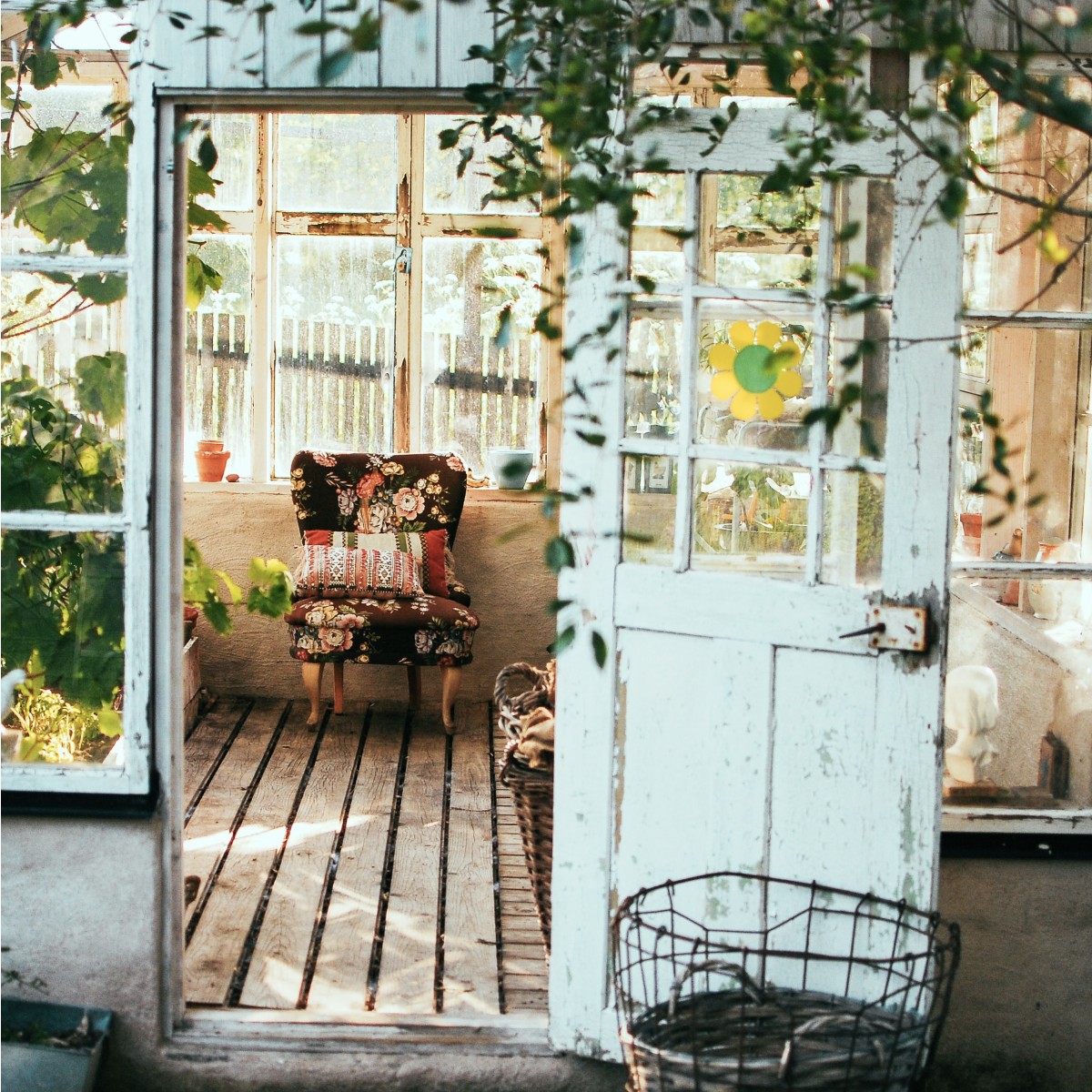
Work and play
The garden can fulfil a vital role in the development of creativity. Here, children can explore the realms of imagination and physicality with much loved toys or activities. For adults, it can be inspiring, too. It’s a place where you can enjoy their favourite creative activities, like painting, writing or craftwork. In the garden, you will have unbridled access to the beauty of nature in all its vivid colours and scents.
Reflection, mindfulness and meditation
In all these activities, the garden is a place of personal contemplation. It is an oasis of calm and tranquillity where you can either mentally prepare for the day ahead or reflect on the day just gone. In the garden, you can take stock of the things that truly matter to you.
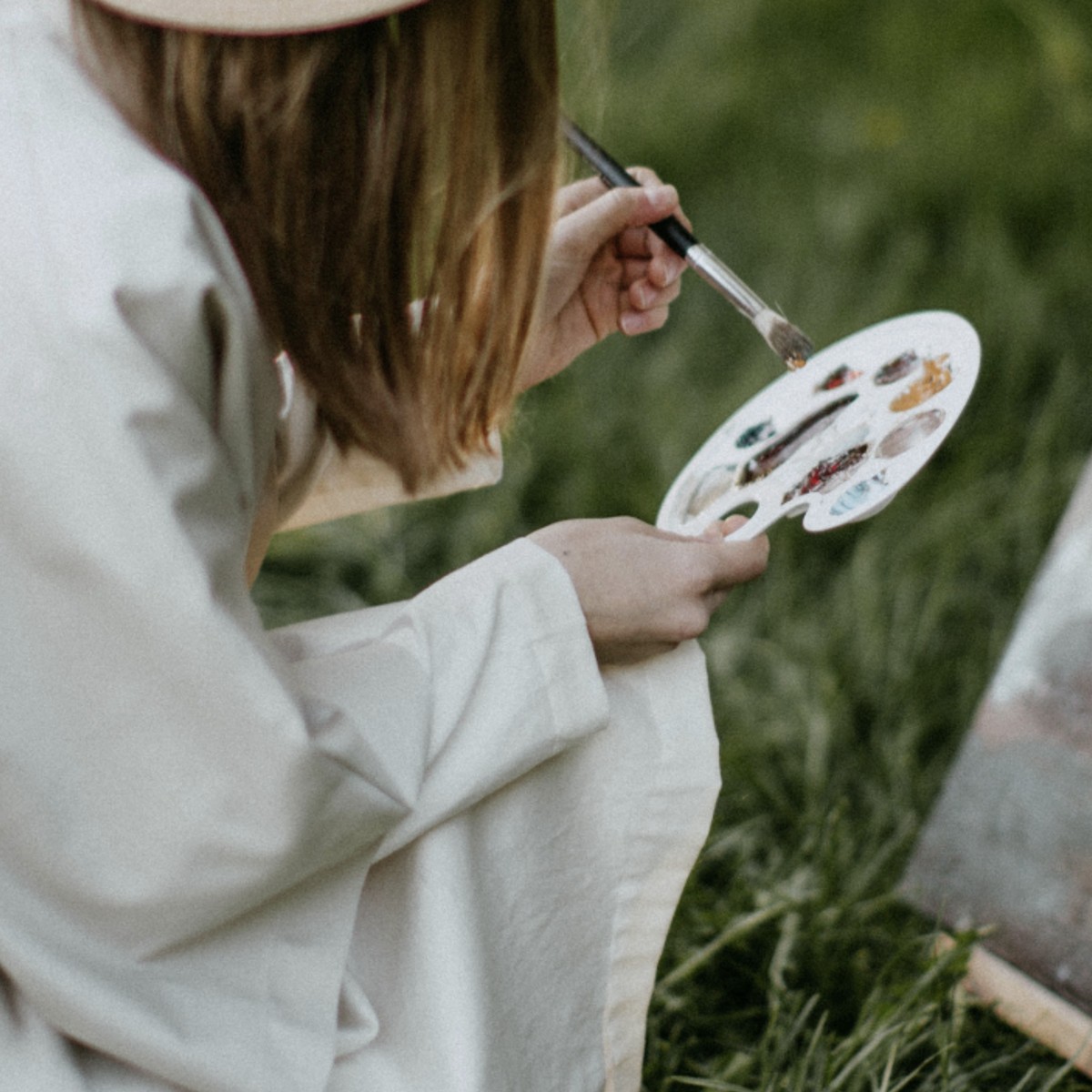

 Free Delivery Available – 24 Hour Despatch
Free Delivery Available – 24 Hour Despatch


